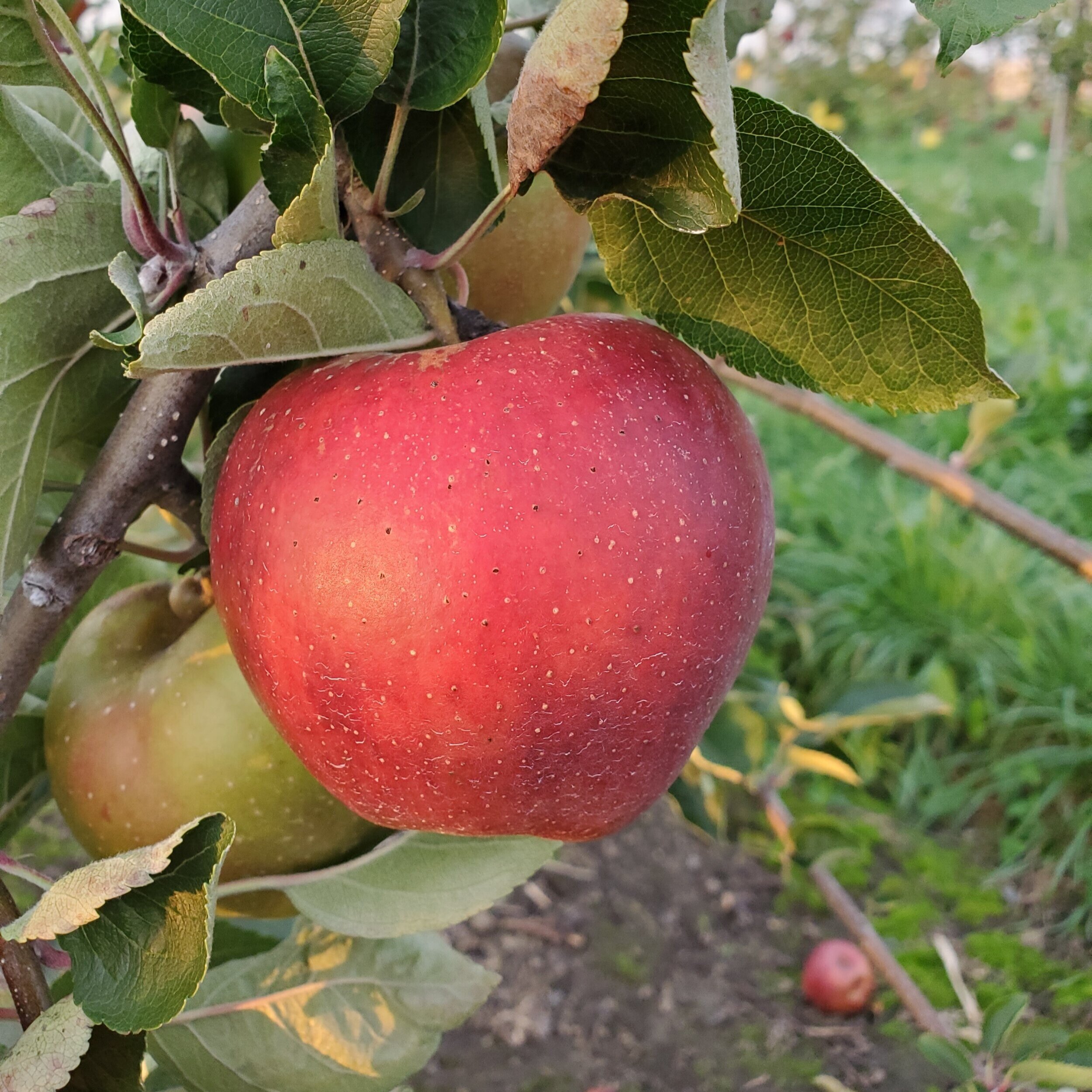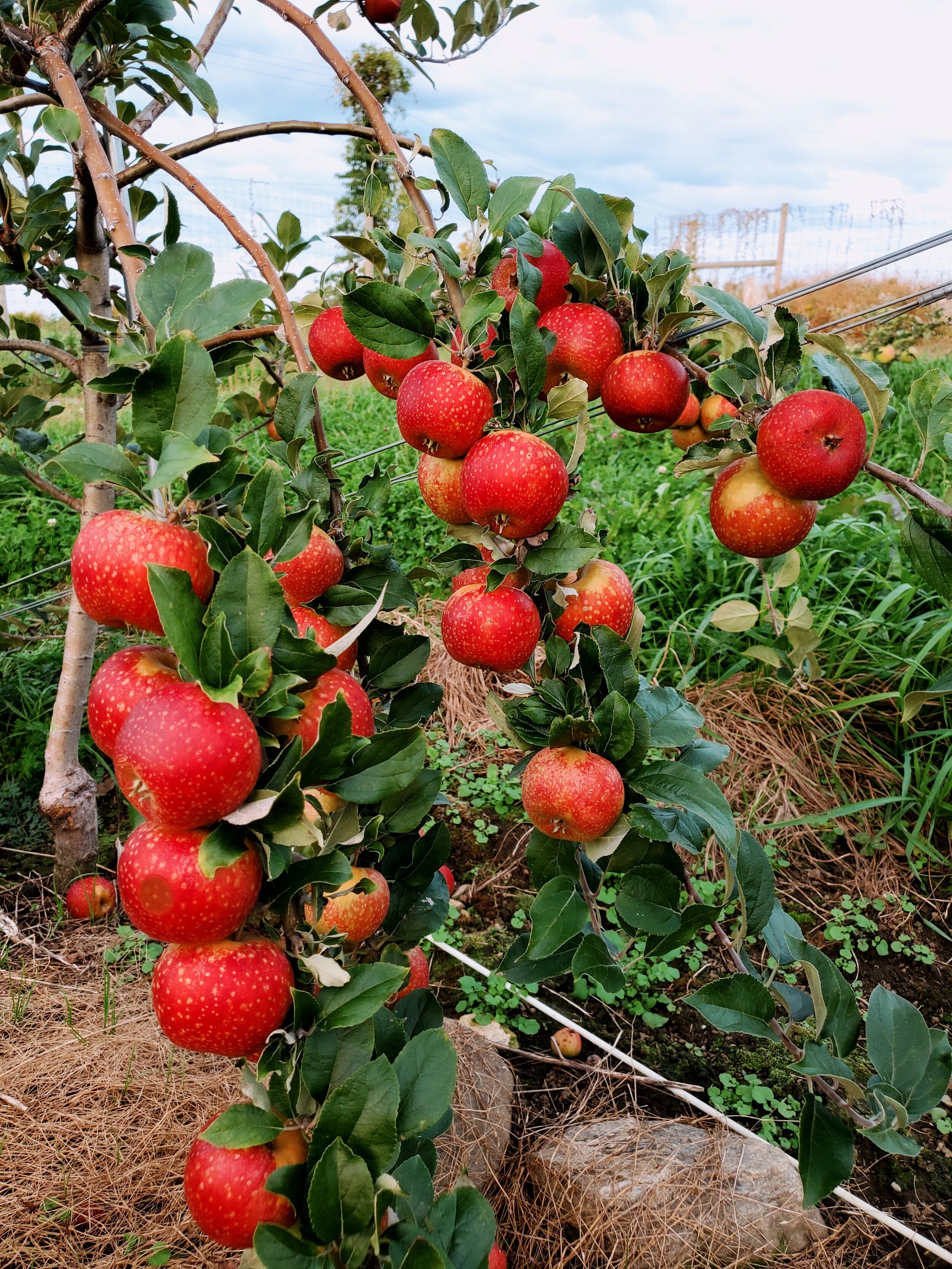
Apple Varieties

The Apples We Grow
These are among the 32 varieties of heirloom and other apples you’ll find at Hidden Gem Orchard
Ashmead’s Kernel Baldwin Calville Blanc Chisel Jersey Cordera Cortland Cox Orange Pippin Crimson Crisp Empire Esopus Spitzenburg Firecracker Fuji Gala Golden Delicious Golden Russet Grimes Golden Honeycrisp Hudson Golden Gem Jonagold Jonathan Macoun McIntosh Mutsu Northern Spy Pink Lady Pink Luster Pink Pearl Porters Perfection Rosalee Triump Wickson Winesap
Ashmead’s Kernel (Antique)
antique variety from the 1700’s originating in Glouster, England, it is widely regarded as one of the most flavored apples. Ashmead’s Kernel is a russeted apple with greenish to golden brown skin and reddish highlights. Its creamy yellow flesh is aromatic, crisp and very tart. The high sugar content is balanced by high acidity giving it robust, almost “lemony” type flavor. Ashmead’s Kernel is like a bold cabernet, you either have a taste for it or you don’t. Those who like it find it addicting because it has a rich flavor profile that can’t be found in other apples. Typically considered a connoisseur’s dessert apple, Ashmead’s Kernel is quite versatile and can be used for cooking or sliced in salads. It is highly desired by both amateur and professional hard cider makers for making premium hard cider blends.
Baldwin
Baldwin is crisp to eat fresh, but is primarily an apple for the kitchen, where it keeps its shape when cooked. The flesh is crisp, juicy, with a sweet to sub-acid flavor, aromatic, and firm. It has been used by cider makers for over 200 years. It was once the most popular apple in the United States until the winter freeze of 1935 killed most of the Baldwin trees which then lead to the emergence of McIntosh as primary apple of importance. Baldwin is also known as Woodpecker, Pecker and Butters. It was first discovered as a chance seedling on the farm of Mr. John Ball in Wilmington, Massachusetts, USA, 1740.
Cortland
Sweet with mild tartness, juicy, tender, snow-white flesh that retains its white flesh color after cutting. Cortland is a multi-purpose apple used for baking, fresh eating and sauce. The slow to brown feature makes it a great choice for fresh apple preparations such as salads. Cortland is a cross between McIntosh and Ben Davis developed in 1898 by Professor S.A. Beach at Cornell University’s New York State Agricultural Experiment Station in Geneva, New York. It was first released in 1915. The name is derived from Cortland County NY, which is in the vicinity of where the apple was bred.
Cordera
A new release from the Cornell apple breeding program. It was named in 2020. Spanish for “lamb,” Cordera was named after Robert Lamb, an apple breeder at Cornell from 1948-88. Cordera is a large apple with a nice balance of sweetness and acidity. It has great crunch for fresh eating.
Golden Russet (Antique)
Golden Russet is an early American apple, believed to have sprouted from a seed of an English Russet. It was a popular commercial variety in the 1800's and won a following.
The yellow flesh is crisp, fine-textured, juicy, and highly flavorful, with a noticeable sweetness. The high sugar content and strong flavor makes it a favorite for hard cider production. In addition to fresh eating, the apples can be used for cooking and drying.
Fuji
The preferred variety for sweet apple lovers! Fuji is very sweet and crisp. Great for fresh eating and for applesauce, which requires little or no sugar. This variety stores well when refrigerated. It originated in Japan in the late 1930’s and was released in 1962. It was derived from two American varieties - Red Delicious and Ralls Janet. There are many strains of Fuji which differ in red skin color intensity and ripening date.
Firecracker
A brand new release from the Cornell Apple breeding Program. It was just named in 2020. We took a gamble and planted some trees in 2018 when it was just a numbered selection and we are sure glad we did. Firecracker has a red blush, yellow background color and partial russet skin. It has a unique combination of acidity and sweetness that produces really complex flavors. Firm and crisp, it’s crunch is just right. Firecracker is being dubbed a “triple threat” – it’s one of few varieties that works well for eating, baking and hard cider production.
Honeycrisp
Complex, sweet-tart flavor, very crisp and juicy. In many instances, the juice from the apple will burst from your mouth on the first bite! They are excellent for fresh eating and also make great apple crisp and pie. A truly versatile apple that appeals to people of all ages. It’s quickly become a favorite of young children and teens as a healthy snack alternative. Developed at the Minnesota Agricultural Experiment Station in 1974, Honeycrisp was named and released for production in 1991.
Cox Orange Pippin (Antique)
This is the classic English apple. It was discovered in the UK around 1825 by a man named Richard Cox. It is a medium-sized apple with a spicy or nutty fragrance. It has a more pronounced and complex "aromatic" flavor than most other varieties. It also has an attractive orange-red skin color which makes it unique. This heirloom ripens late September to early October in southern New England.
Empire
An equally balanced blend of sweet and tart, Empire is juicy and very crisp. It has dark red skin with creamy white flesh. Best for fresh eating and for use in salads. Empire was released in 1966 after two decades of careful evaluation at the New York Agricultural Experiment Station in Geneva NY. It is a cross between McIntosh and Red Delicious.
Esopus Spitzenburg (Antique)
The Spitzenburg was discovered in the late 1700’s by an early Dutch settler of the same name. It was found at the settlement of Esopus, on the Hudson River, in Ulster County, New York.
It has a dark red skin covered with small white and tan freckles (lenticels) giving it a dappled appearance. The firm flesh is tinged yellow and has an aromatic, complex flavor with tangy and spicy undertones that are the perfect balance between sweet and sharp. Esopus Spitzenburg is known to be Thomas Jefferson’s favorite apple. He planted Spitzenburg trees at his Monticello estate and they are still growing there today.
Hudson Golden Gem
Considered one of the best tasting russet apples, the flesh is very crisp, juicy and sugary sweet. It has a nutty almost pear-like flavor. Chill it in the refrigerator for a refreshing afternoon treat that will boost your energy level with its high natural sugar content. Best use is fresh eating out of hand. A rare find, and widely unknown to the public, it is our most popular apple in taste tests. Hudson Golden Gem is an antique apple that was discovered as a fence row seedling at the Hudson Nursery in Tangent, Oregon in 1931. Because of its brownish/rusty color, textured skin and elongated shape, it was originally marketed as a pear. Turn it upside down and you’ll see why…
Jonagold
The cross of Jonathon and Golden Delicious was released in 1968 by the Cornell apple breeding program. Interestingly, it never became a major commercial variety in the United States but is extremely popular in Europe. Jonagold is an excellent multipurpose apple. Mostly sweet with some tartness, the texture of the creamy yellow flesh is noticeably crisp and juicy. Primarily a fresh eating apple, one of the best kept secrets about Jonagold is that it makes a splendid pie. The apple slices soften nicely while retaining their shape during cooking.
Wickson
A large crabapple, it is small, round, spicy, intensely sweet with a pronounced acid tang. Wickson is a renowned hard cider apple but has a loyal fan base for eating out of hand. It is also excellent for use in cooking to add contrasting flavor to savory recipes. Dating back to 1944, Wickson Crab was developed by Albert Etter, an apple enthusiast best-known for his work on red-fleshed apples. Etter named his apple after his friend Edward J. Wickson, a leading Californian pomologist.
Calville Blanc (Antique)
This heirloom apple dates back to 1598 originating in the Normandy region of France. Rich in history, Calville has connections to King Louis XIII and came to America with early settlers. It was grown on the Monticello estate of American President Thomas Jefferson in the 1700’s. Not the best looking apple, you grow this one for the kitchen not for the fruit bowl. It is a cooking apple of the highest quality. It is the gourmet culinary apple of France and is considered the perfect apple for making the classic French "tarte aux pommes”. It is equally good as a filling for all kinds of apple baking. It has the highest known vitamin C content of any apple and has higher vitamin C content than an orange. Calville has a rich spicy flavor and reaches best quality after one month in cold storage to allow time for the acidity to mellow.
Macoun
Macoun is a distinctly New England apple with an almost cult like following, In late September each year, Macoun fans flock to local orchards and roadside markets in search of their beloved “Ma-coons”. (the correct pronunciation is actually “Ma-cowan”). It was named after famed Canadian pomologist W.T. Macoun. The skin is dark red to purplish in color. Its firm flesh is juicy and snow white, with a sweet-tart taste. Macoun, a cross between 'McIntosh' and 'Jersey Black', was developed in 1909 by Richard Wellington at Cornell University’s New York Agricultural Experiment Station. It was released commercially in 1923. No matter how you pronounce it, Macoun is a deletectable apple that many New Englander’s covet.
Northern Spy (Antique)
Originated in the early 1800’s in New York state. As the old saying goes “Spys are for pies”. It was considered the premier baking apple by many back in the day since it softens during cooking, but the apples still retain their shape. The white flesh is juicy, crisp and mildly sweet with a rich, aromatic subacid flavor, noted for high Vitamin C content. Its characteristic flavor is more tart than most popular varieties, and its flesh is harder and crunchier than most, with a thin skin. Difficult to find now due to its challenging growth habits and its biennial bearing nature (produces a crop every other year), they are a must-have for the pie connoisseur.
Mutsu (also known as Crispin)
Crisp, juicy and noted for its sweet-honeyed flavor with tangy undertones. Mutsu is a true dual purpose apple meaning that it can be used for either baking or fresh eating. It has a coarsely grained flesh that holds up well when cooked. Apples tend to be large in size. Mutsu apples were developed at the Aomori Research Station, located in Mutsu Province Japan, in the 1930s. The variety is a hybrid of Indo and Golden Delicious apples and was introduced to the United States in 1948. Mutsu apples were later renamed to Crispin apples in the USA in 1968 as a part of a marketing campaign.
Gala
Gala apples are mildly sweet and crisp and the variety has recently surpassed Red Delicious as the #1 apple variety in the United States. We hang our Gala’s on the tree longer than most in order to maximize flavor and juiciness which gives them a punchy taste. Gala is best eaten fresh out of hand or in salads. Gala apples were discovered in New Zealand in 1934 by Orchardist J.H. Kidd. It was derived from a cross between Golden Delicious and Kidd’s Orange Red apples
Rosalee
Rosalee is new apple that was recently released in 2017 from the Midwest Apple Improvement Association. Fruit has a clean, floral taste with spectacular texture. Beneath the peel, the crunch is breaking crisp, but light, and the flesh is coarse-grained yellow, and juicy. The parents of Rosalee are Honeycrisp & Fuji.
Winesap (Antique)
Winesap originated in New Jersey in the late 1700’s and has been popular since the days of the pioneers. Fruit is small-medium size with dark red skin and red stripes; some yellow on shaded side. It is juicy, crisp and aromatic. Wine lovers may enjoy this apple since it has a flavor that blends sweet and sour giving it a wine-like taste (hence the name). Good for fresh eating, applesauce, pies and cider. Winesap keeps well in the refrigerator. One of the latest to ripen, Winesaps are available in mid to late October.
Porters Perfection
Hard Cider Apple
This apple may have the appearance of a sweet strawberry but don’t let it fool you. It’s a bittersharp English cider apple used exclusively for hard cider making. Porters Perfection is a late-season dark red apple with creamy flesh. It yields a highly acidic, low astringency juice. Porter’s makes a exceptional single variety cider that is both bright and fruity. First grown in the orchard of Charles Porter in East Lambrook, England, Porter's Perfection dates to before 1900. Porter’s is not offered through our farm stand or our retail partners. Customers interested in purchasing Porters or any other variety for hard cider making should inquire directly via the website contact form for pricing and availability.

Seedless Table Grapes: Coming soon!
Marquis
Released in 1996, is a white seedless grape with excellent mild American flavor. The berries are large, often 3.5-5.0 grams/berry, with a juicy, melting texture. Clusters are large and attractive, while the vines are very productive. Ripe fruit holds well on the vine, with the flavors going from a mild fruity flavor when first ripe, to a stronger labrusca flavor two weeks later. Vines are very vigorous and productive.
Vanessa
was developed by the Horticultural Research Institute of Ontario, Canada, and is a red dessert grape of excellent quality. Berries are medium in size on medium, well-filled clusters. The flavor is mild and fruity, and berry texture is firm to crisp. The fruit quality is among the best of the red seedless types.





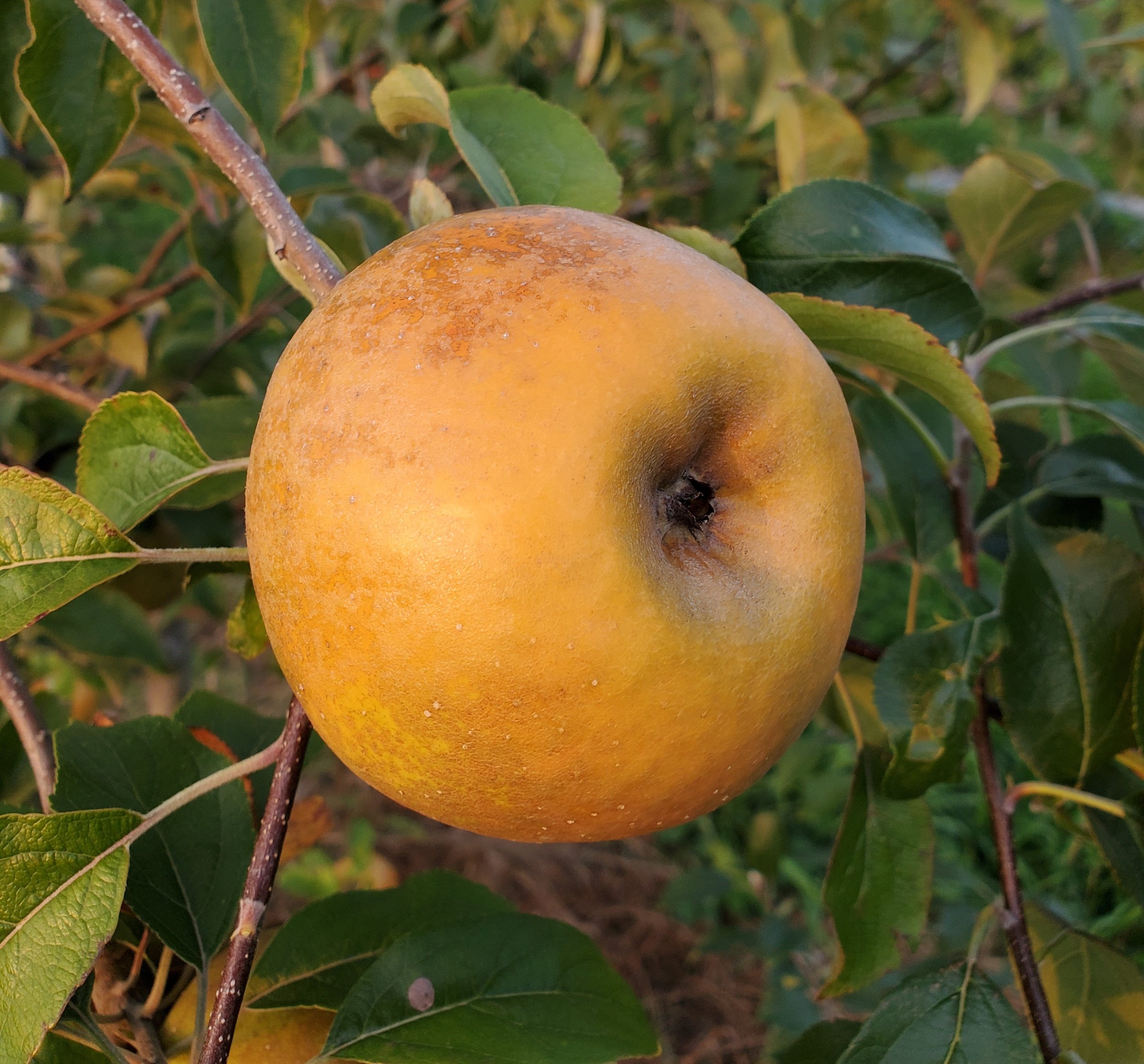




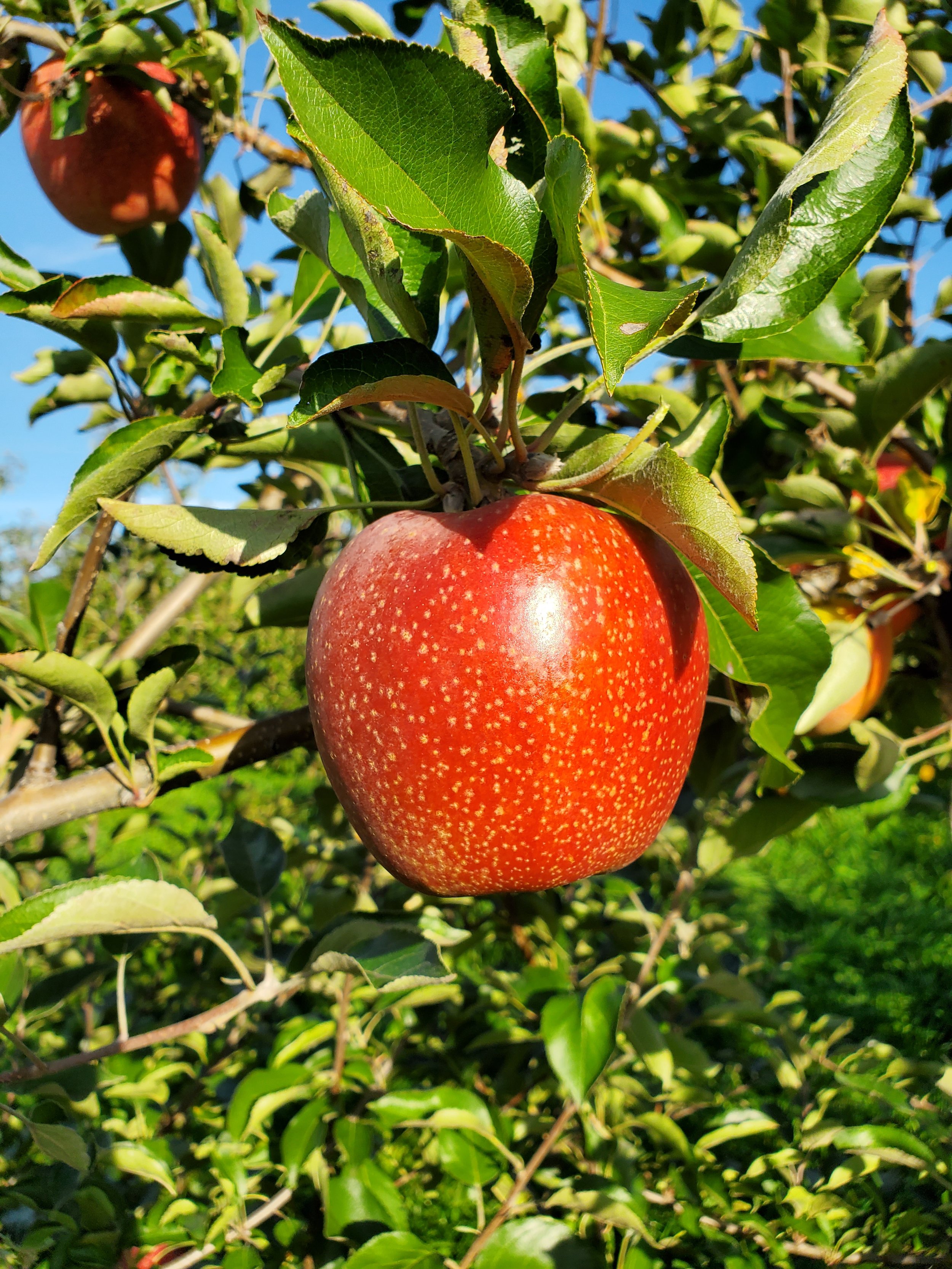




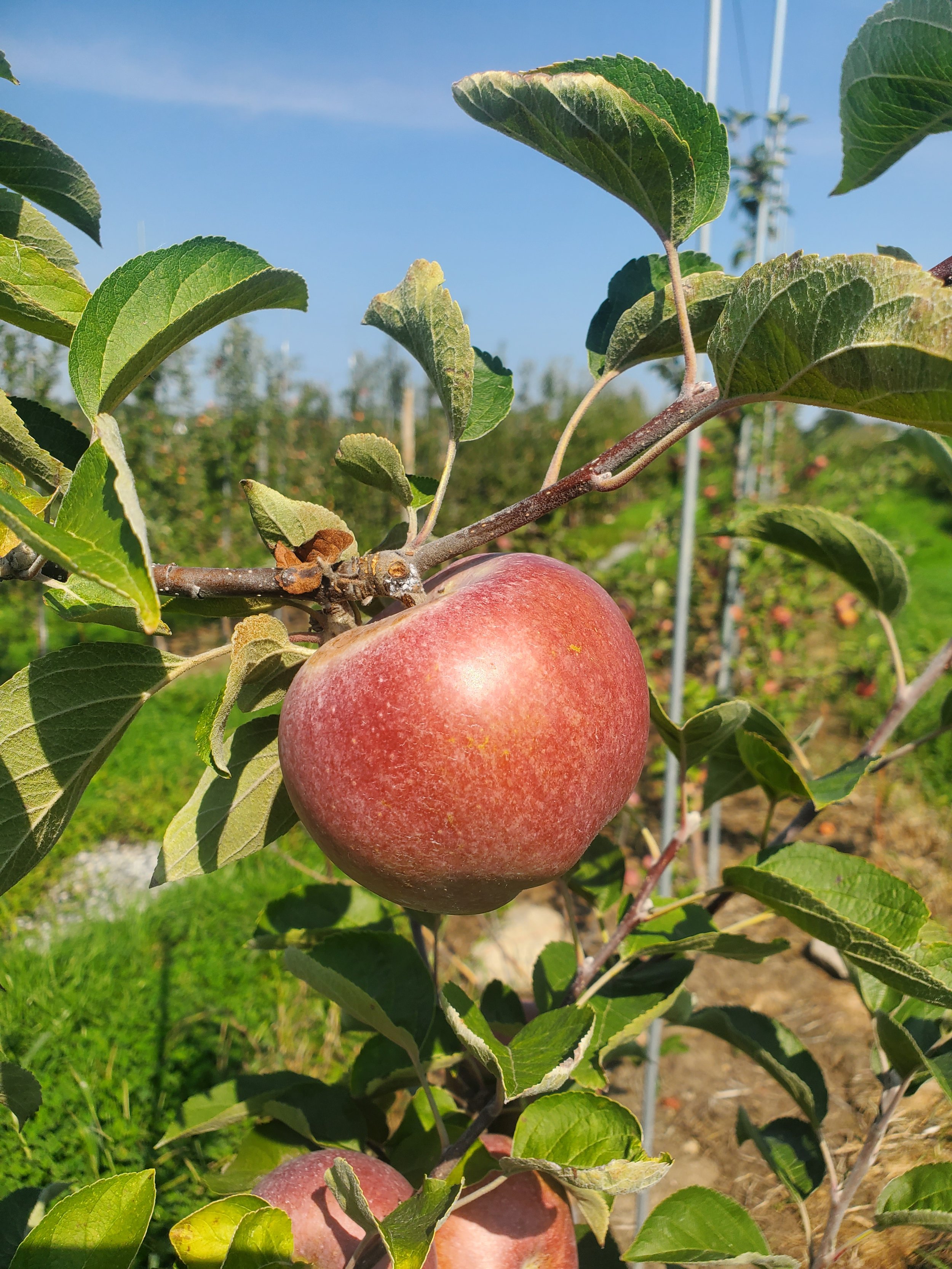

![20210927_182603[1].jpg](https://images.squarespace-cdn.com/content/v1/605e48aeb9e1ab768861793f/1633018601750-HDP2JI4N8C6YR2ROCA6M/20210927_182603%5B1%5D.jpg)


